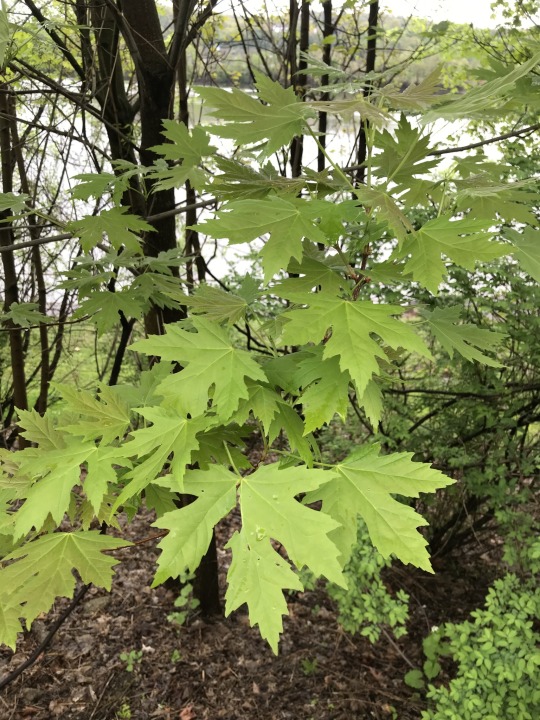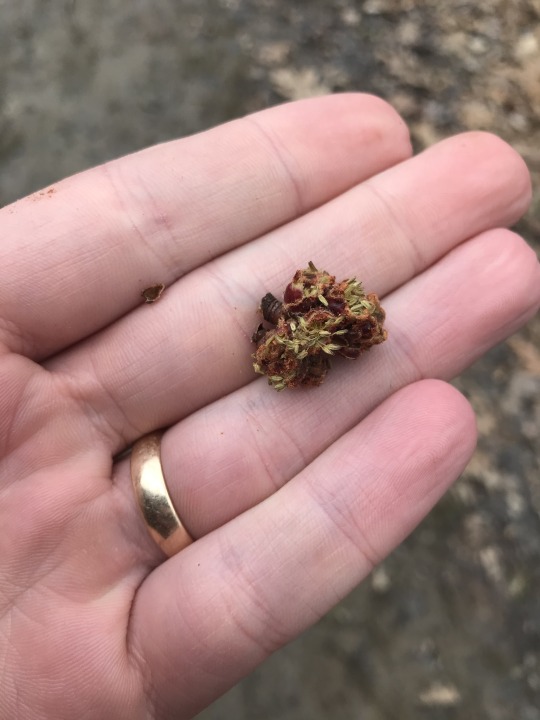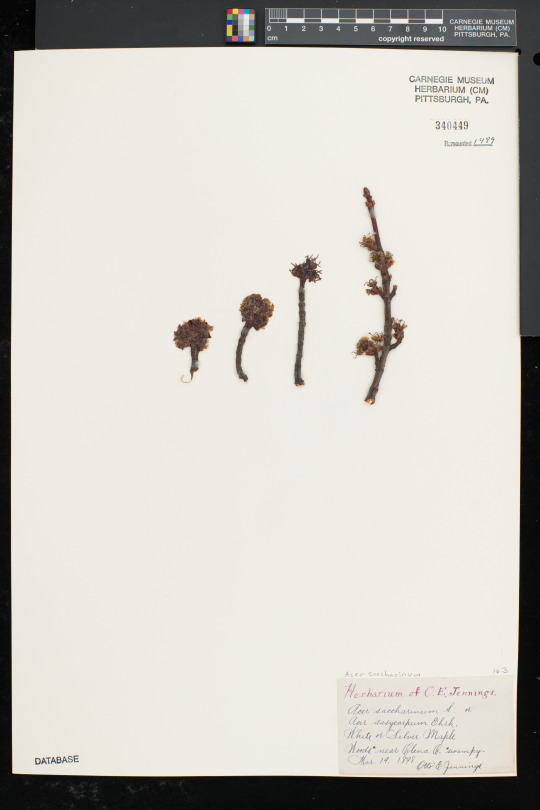Spring goes on! Spring seems to happen fast, which makes it all the more special and worth our attention. Comfort can be found in the new life of spring, a time of change.

Happy official first day of spring! For many people, spring conjures images of sunshine (and rain), birds tweeting about, and plants emerging from winter. Trees flower and leaf out high up in the canopy. Wildflowers emerge below, many playing a delicate balance between getting injured by cold or frost but taking advantage of the longer sunny days before being shaded out by tree leaves.
Many deciduous trees flower before, during, or just after they produce a new spring flush of leaves. That’s right – trees flower too! Keep a careful look out for them now and over the coming month. Many trees flower early in the spring, with small clusters of flowers. These easy to overlook flowers 40 feet or more up in the canopy are easy to overlook. They are often quite small and are wind pollinated. That means that rather than relying on insects, the wind blows their pollen, transferring it to female flowers. (And also…as many with allergies know, we breathe in pollen too.) Upon fertilization, seeds begin to develop. Flowering early, before leaves are out, is adaptive because the flowers are not blocked by vegetation.


This specimen of silver maple (Acer saccharinum) is in flower, but leaves are not yet emerged. Silver maple is native to swampy, wet areas such as around lakes across eastern North America. It is also planted, so it is now found in many habitats. It has beautiful bark that forms distinctive strips and with “maple-looking” leaves that are deeply loped.
Beyond the science, this specimen also tells an important cultural story about the history behind the Carnegie Museum. This specimen was collected by Otto Jennings in Olena, Ohio in 1898. Otto Jennings was one of the first curators of botany at the museum. This specimen was collected when he was only 20 years old, six years before he moved to the museum. He was born in 1877 on a farm in Olena, Ohio. He collected this specimen not far from his childhood home. Jennings started his 60-year tenure at the Carnegie Museum six years later, in 1904. He made many contributions throughout his career, serving as the Curator of Botany, Director of Education, and eventually Director of the Carnegie Museum of Natural History. He also was Head of the Department of Biological Sciences at the University of Pittsburgh, having advised many students. His legacy remains to this day for his influence on the museum, botany, conservation, and environmental education.
So many stories behind these specimens.
Find this specimen and the 304 other specimens Jennings collected near his childhood home here.
Check back for more! Botanists at the Carnegie Museum of Natural History share digital specimens from the herbarium on dates they were collected. They are in the midst of a three-year project to digitize nearly 190,000 plant specimens collected in the region, making images and other data publicly available online. This effort is part of the Mid-Atlantic Megalopolis Project (mamdigitization.org), a network of thirteen herbaria spanning the densely populated urban corridor from Washington, D.C. to New York City to achieve a greater understanding of our urban areas, including the unique industrial and environmental history of the greater Pittsburgh region. This project is made possible by the National Science Foundation under grant no. 1801022.
Mason Heberling is Assistant Curator of Botany at the Carnegie Museum of Natural History. Museum employees are encouraged to blog about their unique experiences and knowledge gained from working at the museum.
